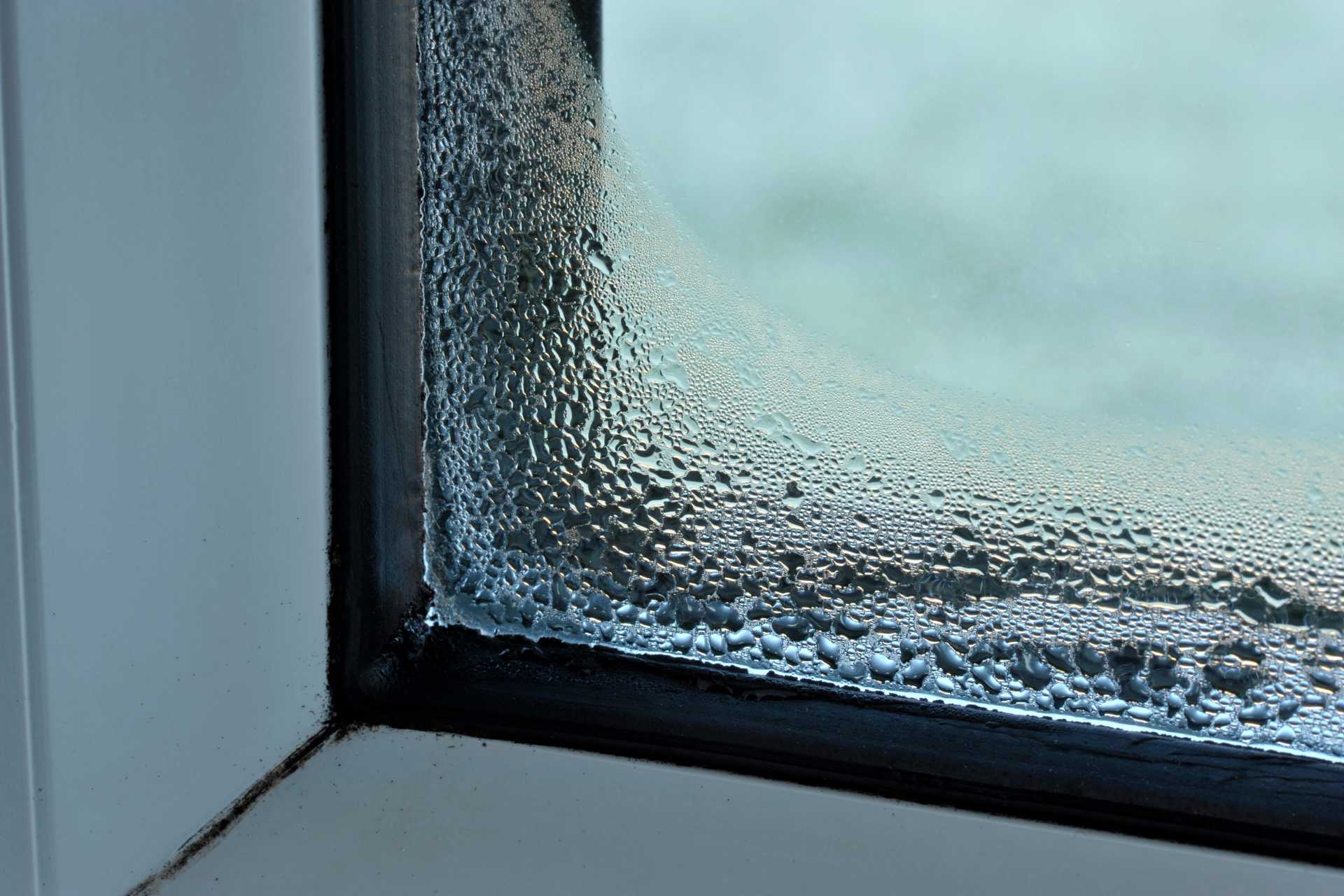The Science Behind Triple-Pane Windows: Why More Glass Means More Comfort
On a cold day, it is common to feel a chill radiating from a home’s windows. In the summer, those same windows can become a source of intense heat. This is not an unavoidable fact of life; it is a failure of technology. A window can and should be more than just a weak spot in a wall. Windows are best viewed not as simple sheets of glass, but as highly engineered systems. The difference between old, single-pane windows and modern triple-pane windows is comparable to the difference between a tent and an insulated house, representing a fundamental shift in building science. A full window replacement is an opportunity to upgrade this technology. This article will break down the science behind triple-pane windows, exploring how each component—the multiple layers of glass, the specialized spacers, and the invisible gas fills—works together to create a superior thermal barrier that delivers unmatched comfort and energy efficiency.
The Enemy: Understanding the Three Types of Heat Transfer
To understand the solution, one must first understand the problem. Heat naturally moves from warmer areas to cooler areas. It does this in three distinct ways. The first is conduction. This is heat traveling through a solid material. A metal spoon in a hot cup of coffee is a perfect analogy. The handle gets hot because heat conducts through the metal. A single pane of glass does the same thing. It easily transfers a home’s warmth to the cold outdoors in winter. It offers almost no resistance to this direct transfer of thermal energy, which is why old windows feel so cold to the touch.
The second method is convection. This is heat moving through the circulation of air or gas. In a basic double-pane window, the trapped air creates a “convection loop.” Air on the warm side rises. It moves across the top to the cold side, then sinks as it cools. It moves back across the bottom, constantly carrying heat between the panes. This movement creates the subtle but persistent drafts felt near inefficient windows. The final method is radiation. This is heat moving in invisible waves. It is how one feels the sun’s warmth or the heat from a bonfire. In the winter, a furnace’s heat tries to radiate directly out through the windows. An effective window must combat all three forms of heat transfer at the same time.
The Anatomy of a Champion: Deconstructing Triple-Pane Windows
A triple-pane window represents a significant advancement in thermal performance because each of its components is designed to defeat a specific type of heat transfer. The three panes of glass themselves form a powerful wall against conduction. Each pane acts as a barrier, forcing heat to stop and start its journey multiple times. The two distinct air gaps created by the three panes are far more effective at slowing conduction than the single gap found in a standard double-pane window, significantly reducing the amount of heat that can pass directly through the unit. This layered approach is the foundation of the window’s insulating power.
The spaces between the panes are not filled with ordinary air. Instead, they are filled with a dense, non-toxic, and invisible gas like argon or krypton. These gases are the convection killers. Because these gases are much denser and more viscous than air, they resist the circular motion of convection. For heat, trying to move through argon gas is like trying to wade through honey instead of air; it is slow and difficult. This density disrupts the convective currents, effectively stopping heat from circulating between the panes. Furthermore, triple-paned windows boost energy efficiency through advanced coatings and spacers. An invisible Low-E (Low-Emissivity) coating acts as a heat mirror, reflecting radiant heat back into the room in the winter and reflecting the sun’s infrared heat back outside in the summer. Finally, modern “warm-edge” spacers made of composite materials prevent cold from conducting through the edges of the glass, stopping condensation from forming.
The Payoff: Translating Science into Real-World Benefits
This advanced science translates directly into tangible, real-world benefits for the homeowner. The most immediate is unrivalled year-round comfort. Because the innermost pane of glass stays very close to room temperature, the cold drafts and hot spots common with older windows are virtually eliminated. This improves the “mean radiant temperature” of the room, meaning your body does not lose heat to a cold window surface, allowing you to feel comfortable at a lower thermostat setting. This allows for the comfortable placement of furniture, a child’s play area, or a reading nook right next to the windows without a chill in the winter or intense heat in the summer, effectively increasing the usable living space in a home.
This powerful thermal barrier also leads to significant energy savings. The home’s heating and cooling system does not have to work nearly as hard to maintain a consistent, comfortable temperature. This reduced strain translates directly to lower monthly energy bills and a smaller carbon footprint. The multiple layers of glass and the dense gas fills are also incredibly effective at dampening outside noise, creating a more peaceful and serene indoor environment. The varied thicknesses of the glass panes and the gas layers disrupt sound waves of different frequencies. Finally, the same Low-E coatings that block heat also block a significant portion of damaging UV rays. This acts like sunscreen for floors, furniture, and artwork, preventing them from fading over time and preserving valuable interior furnishings. These combined benefits have a significant positive impact on home value.
An Investment in Your Comfort Zone
The winning combination is clear: three panes of glass to fight conduction, dense gas fills to stop convection, and Low-E coatings to reflect radiation. Replacement windows should not be viewed as a simple expense, but as a direct investment in a home’s performance and a family’s daily comfort. It is a technology that provides returns every day through lower bills and a more enjoyable living environment. Planning for a major exterior project like new windows is an opportunity to fundamentally upgrade a home’s core comfort and efficiency. By choosing high-performance triple-pane windows, a homeowner is not just buying a better view—they are upgrading the entire living environment from a point of weakness to a position of strength.











